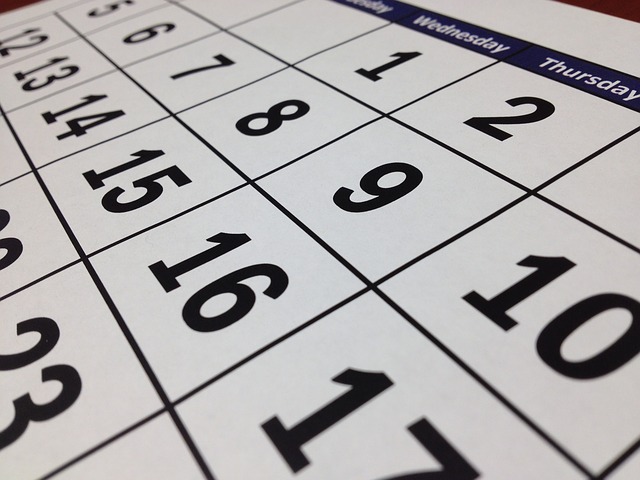There are always new advances in science and updates to our understanding of chemical hazards. As you’re converting your MSDSs to SDSs, you might wonder how often you should update your SDSs, and when and how to go about documenting these revisions.
According to REACH Article 31, SDSs must be updated immediately when:
- new information which may affect risk management measures or new information on hazards becomes available
- a REACH authorization has been granted or refused
- a REACH restriction has been imposed
 You should give the new, dated version of the information, identified as “Revision: (date)”, to all former recipients of the substance or preparation in the past 12 months, in addition to any new recipients of the substance or preparation. Any updates following registration shall include the registration number.
You should give the new, dated version of the information, identified as “Revision: (date)”, to all former recipients of the substance or preparation in the past 12 months, in addition to any new recipients of the substance or preparation. Any updates following registration shall include the registration number.
Every company may have its own numbering system to identify new versions of an SDS. If you don’t (or if you’re looking to update your numbering system), here is a quick suggestion: use an incremental numbering system to identify the new versions. Small changes that do not require updating SDS (according to the conditions listed above) can be identified updating the decimal number. Larger changes to versions requiring the provision of updates can be done by changing the non-decimal number.
Here is an example:
- Version 1.0: Initial Issue
- Version 1.1: First changes that do not require an update or reissue to former recipients
- Version 1.2: Second changes that do not require an update or reissue to former recipients
- Version 2.0: First change requiring the provision of update and reissue to former recipients






